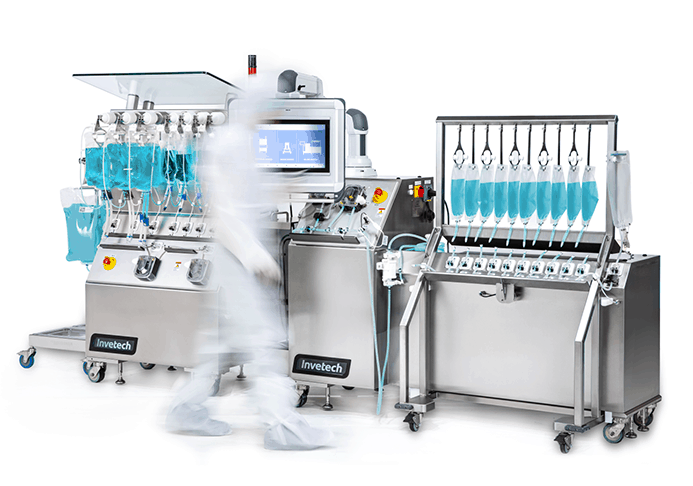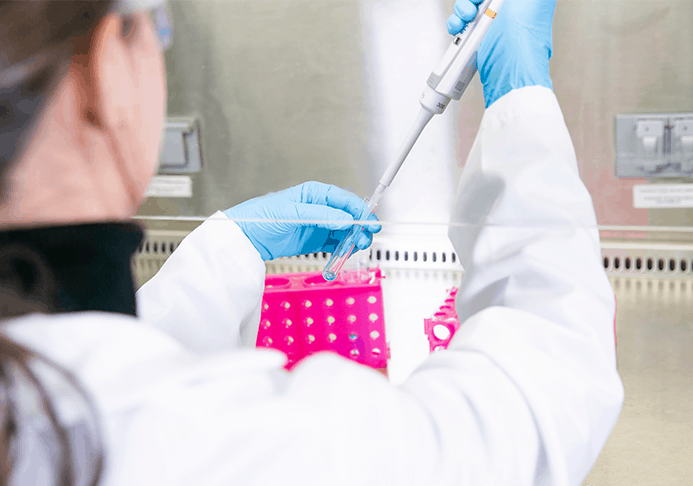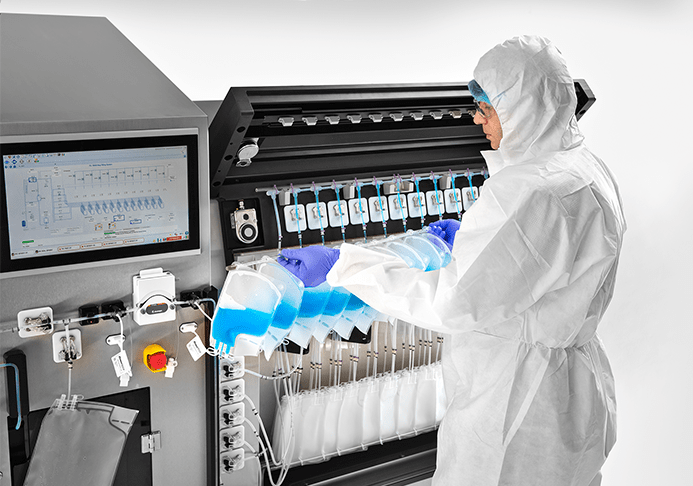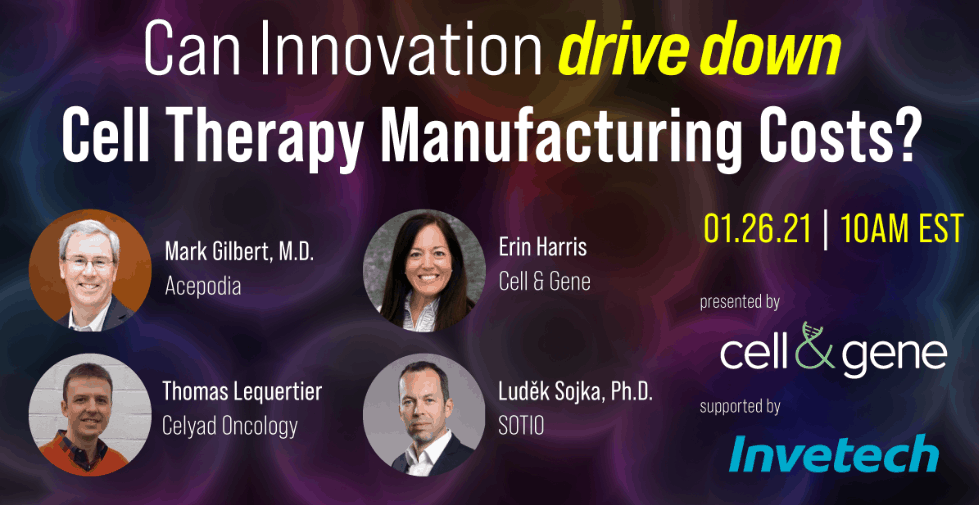The typical early-stage cell therapy company lacks the resources for implementing internal manufacturing capabilities. Instead, they outsource to fulfill their manufacturing demands, particularly during pre-clinical and early stages of clinical development. Different products have different needs, but Cell & Gene Live panelists strongly suggest that biotechs identify a reputable market partner that focuses on automation.
For autologous therapies, the patient stands at the beginning and end of the supply chain, and therefore, proximity of manufacturing to patients is key to reducing complexity. The partnership should be comprised of a fully integrated offering, including logistics, scheduling, distribution, chain of custody, chain of identity, etc.
“Of course, before you identify a market partner, be sure to evaluate the products already on the market,” explains Gilbert. “There are different products that allow for very efficient culturing of cells. We evaluate those products, those devices, first. And then, we potentially work with the partner to focus on the automation aspect to develop something more specific for the products.”
“Some manufacturing solutions require cell therapy manufacturers to modify their process to fit the manufacturing system, leading to costly qualification and possible re-validation activities,” says Anthony Annibale, Global VP, Commercial, Invetech. “Instead, by using configurable platforms that can be programmed to fit the manufacturers’ unique processes allow for increased inter-batch consistency, increased cell recovery, and viability while being cost-effective over the long-term.”
The shifts in the industry toward improving manufacturing efficiencies will lead to a positive change in the cost structure of personalized medicine. Specifically, this will allow for more cost-effective manufacturing of autologous cells.



